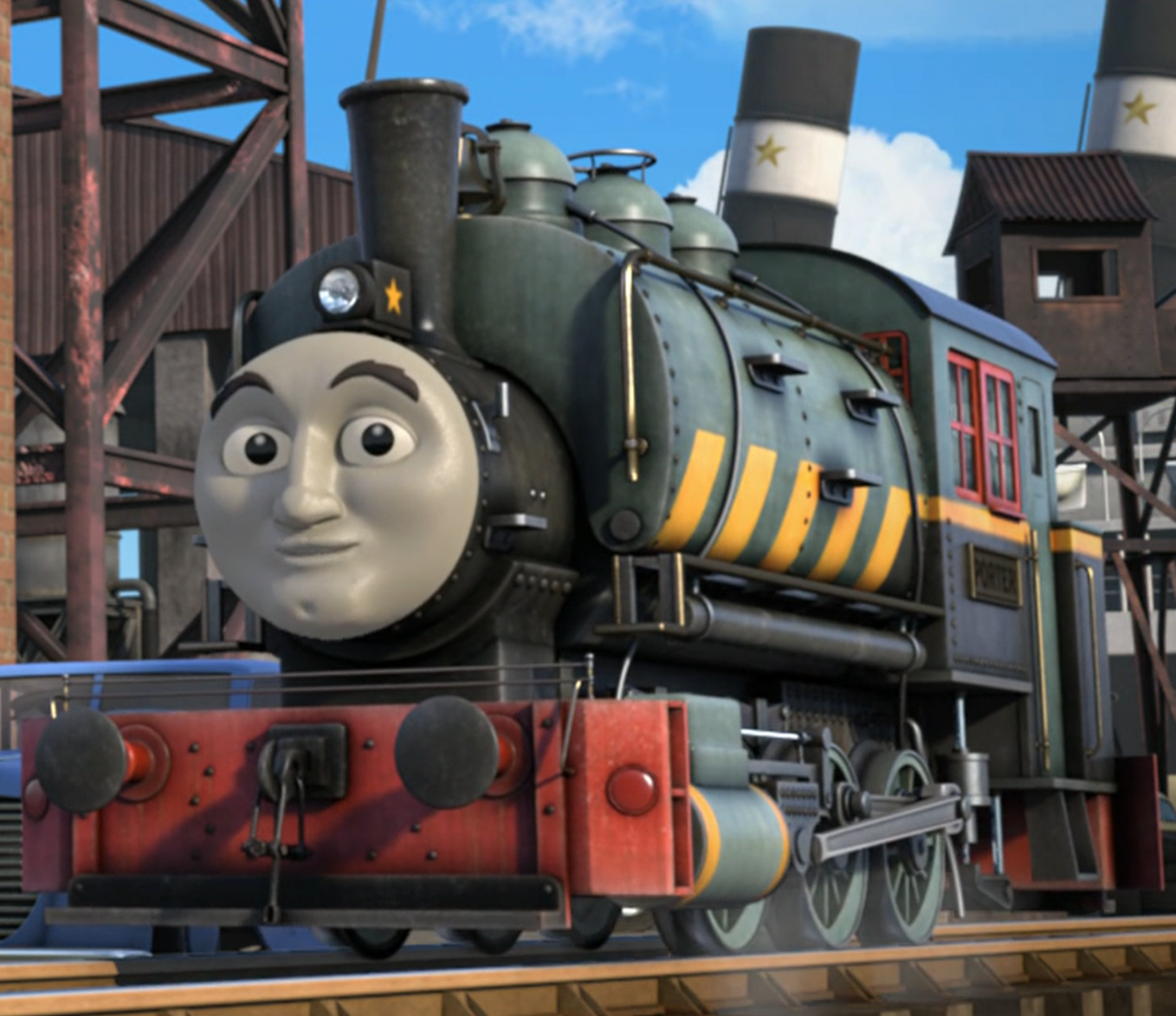

He was the father of Alexander Gordon, who specialised in lighthouses. By 1821 David Gordon had attempted to set up a company to promote road locomotives propelled by a high pressure engine, or a gas vacuum engine, or a pneumatic engine supplied by what he called "portable gas". (much of this information comes from Motor Cars and the Application of Mechanical Power to Road Vehicles, 1902)Ībout 1819, William Murdock and David Gordon are believed to have made some experiments with compressed-air carriages, apparently for road rather than rail, but nothing is known about the results. Medhurst endeavoured to form a company with a capital of £50,000 to work this project, but the scheme appears to have come to nothing. This is the only reference to a compressed-air rotary engine discovered so far. He described compressors and engines of variable power, a rotary engine to be fixed directly upon the hind axles of light vehicles, and a gunpowder engine, this last in connection with an artillery wagon. In 1800, he received Patent 2431 for a scheme for "a new improved method of driving carriages of all kinds by means of an improved Aeolian engine." Medhurst contemplated a general system of coaches and stage-wagons throughout England, with a network of air-compressing stations, most apparently being powered by windmills. In 1799 George Medhurst patented a scheme for "A condensing wind engine capable of being applied to all kinds of purposes in which steam, water, wind, or horses are employed." Here condensed means compressed rather than liquefied. Projects for compressed-air vehicles go back a long way. Now read on.Ī long article on compressed air locomotives and their use appeared in Compressed Air Magazine for Oct 1902, Vol 7 No 8, p2000 - p2006. Compressed-air locomotives in mines lasted longer, but they too were eventually replaced by electric haulage. There were several compressed-air tram systems, though none proved very successful, and most were quickly abandoned. When a gas expands it gets colder, and unless the stored air is perfectly dry (which it won't be) ice will start forming in the pipework and engine, and things will soon grind to a halt.Ĭompressed-air systems flourished, insofar as they did, in situations where the smoke, sparks and steam of the much more effective steam engine were not acceptable- in city streets, and down coal mines- and at a time before electricity was a viable means of propulsion. The losses can be reduced by compressing the air in two or more stages, and cooling it between the stages, but they are still substantial.Īt the other end of the process, using compressed air to run an engine, the main problem is keeping the system working at all. Compressing a gas generates a lot of heat, and all this energy is lost when you store the air and it cools down.

If you have ever pumped up a bicycle tyre, you will know that the pump body gets uncomfortably hot quite quickly. At least you are spared the difficulties, both technical and medical, of using ammonia, petrol, or carbon disulphide as the working fluid. Pressurise your storage tank, connect it to something very like a reciprocating steam engine, and off you go. The principle of compressed-air propulsion seems very simple. Other compressed-air vehicles such as cars and trams now have their own page in the Transport section of the Museum of Retrotech. In contrast, the German diesel-pneumatic locomotive used compressed air purely as a transmission element between a diesel engine and the cylinders turning the wheels. This page refers expressly to locomotives that are driven by stored compressed air to provide independent locomotion. On Compressing Air for Locomotives: 1914.The Jung Compressed-Air Locomotive: 1955.German Compressed-Air Locomotives: 1951.The Boyette Compressed-Air Rail-car: 1934.The Hudson Coal Company Locomotive: 193?.Compressed-Air Locos in the Rove tunnel: 1916.The Lotschberg Tunnel Locomotives: 1907-13.The Dickson Compressed-Air Locomotive: 1899.Another Hardie Air-Powered Locomotive: 1897.From The Porter Compressed Air Locomotive book: 1914.The Porter Compound Air Locomotives: 1896.The Hoadley-Knight Air-Powered Locomotive: 1884.Colonel Beaumont and the Royal Arsenal Air Locomotives: 1881 Updated.The Hardie Compressed-Air Locomotive: 1878.The St Gotthard Compressed-Air Locomotives: 1875.The Gilbert Compressed-Air Scheme: 1872.The Parsey compressed-air locomotive: 1847 Updated.First Steps: Murdock, Gordon, Mann, & Bompas: 1800-1828.Compressed-Air Locomotives Compressed-Air Locomotives


 0 kommentar(er)
0 kommentar(er)
